Van der Pauw Experiment, VDX-01
Product Details:
- Material Physics Material Science
- Usage Laboratory use
- Application Laboratory Instruments
- Color Grey
- Weight 60 kg
- Display Type Digital
- Click to View more
Van der Pauw Experiment, VDX-01 Price And Quantity
- 1 Set
Van der Pauw Experiment, VDX-01 Product Specifications
- Laboratory Instruments
- Grey
- Laboratory use
- Physics Material Science
- Digital
- 60 kg
Van der Pauw Experiment, VDX-01 Trade Information
- Cash Against Delivery (CAD), Cash on Delivery (COD), Cheque, Delivery Point (DP), Telegraphic Transfer (T/T), Cash in Advance (CID), Cash Advance (CA)
- 100 Set Per Day
- 1 Week
- Contact us for information regarding our sample policy
- Complete in all respect
- Asia, Australia, Central America, North America, South America, Eastern Europe, Western Europe, Middle East, Africa
- All India
- ISO 9001:2015 CE
Product Description
Van der Pauw Experiment, VDX-01
Van der Pauw Set-Up for measurement of resistivity and determination of hall co-effiecients in semiconductor samples.
Introduction
Semiconductor material research and device testing often involve determining the resistivity and Hall mobility of a sample. The resistivity of the semiconductor material is often determined using a four-point probe technique. With a fourprobe, or Kelvin, technique, two of the probes are used to source current and the other two probes are used to measure voltage. Using four probes eliminates measurement errors due to the probe resistance, the spreading resistance under each probe, and the contact resistance between each metal probe and the semiconductor material. Because a high impedance voltmeter draws little current, the voltage drops across the probe resistance, spreading resistance, and contact esistance are very small. One common Kelvin technique for determining the resistivity of a semiconductor material is the van der Pauw (VDP) method. The van der Pauw method involves applying a current and measuring voltage using four small contacts on the circumference of a flat, arbitrarily shaped sample of uniform thickness. This method is particularly useful for measuring very small samples because geometric spacing of the contacts is unimportant. Effects due to a sample size, which is the approximate probe spacing, are irrelevant.
Description of Experimental Set-up
- Probes Arrangement
- Van der Pauw Set-up, VDP-01
- Electromagnet, EMU-50V
- Constant Current Power Supply, DPS-50
- Digital Gaussmeter, DGM-202

Price:
- 50
- 100
- 200
- 250
- 500
- 1000+
 English
English Spanish
Spanish French
French German
German Italian
Italian Chinese (Simplified)
Chinese (Simplified) Japanese
Japanese Korean
Korean Arabic
Arabic Portuguese
Portuguese
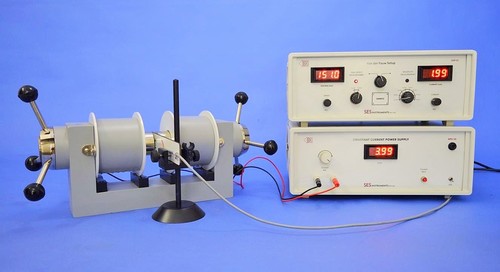
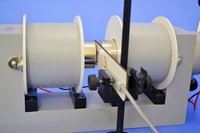
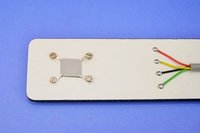
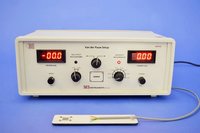
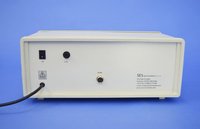
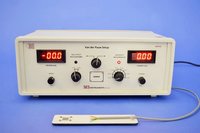
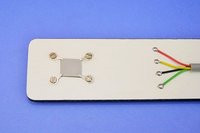
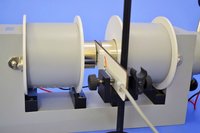
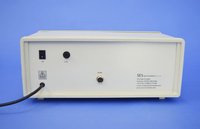
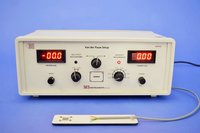
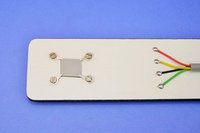

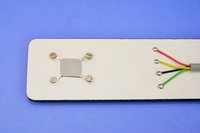
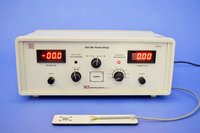
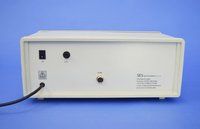
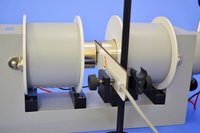

















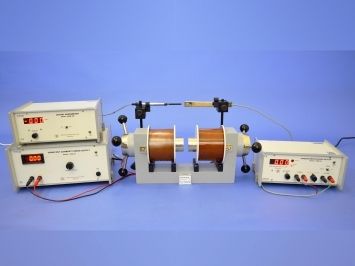


 Send Inquiry
Send Inquiry Send SMS
Send SMS
